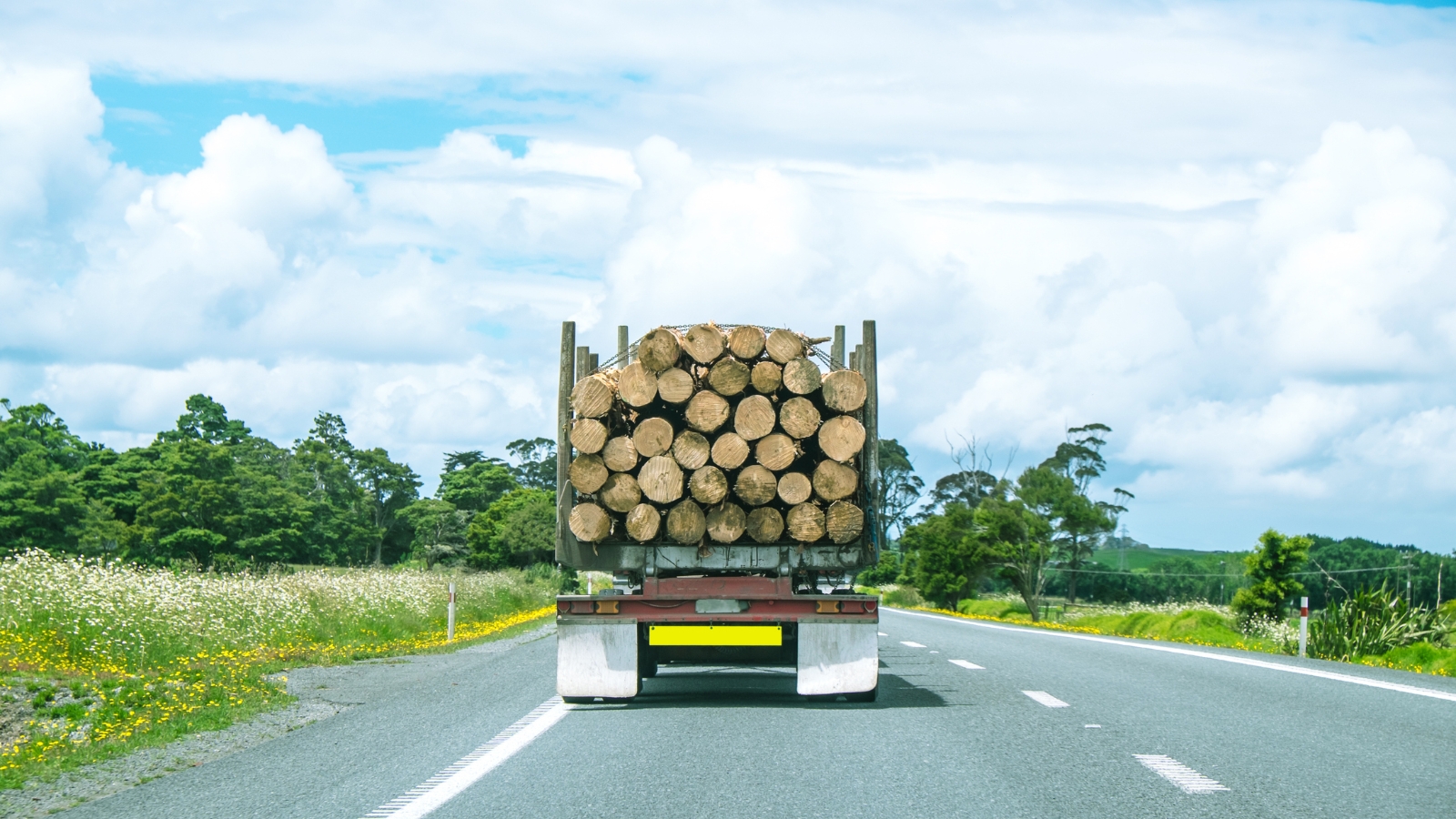Careers advice
Forestry jobs in NZ: How to start a career in the industry
Wood you like a job? To lend a hand, we’ve put together a guide to getting started.
Last updated: 19 December 2024
The forestry industry in New Zealand employs between 35,000 and 40,000 people, and it’s expected to continue ‘growing’ in the next decade as forests reach maturity. That said, if you don’t know where to look, finding a forestry job can be tricky.
To help get you started we’ve put together a quick guide to finding jobs in the industry and getting hired.
What are your options for forestry jobs?
The forestry industry has a need for a diverse range of skilled people, from manual labourers, to managers, engineers, machine operators, office workers, scientists and surveyors. With that said, entry level jobs in the industry are usually in either planting or harvesting.
Harvesting
As a harvester, you’ll be part of a crew cutting down, labelling and transporting mature trees. This job is all about working safely in a team and, depending on your role, it can be very physically demanding:
Machine operators are in charge of driving powerful machines like falling and harvesting machines, cable yarders, skidders, loading machines and more. Forestry NZ says the earning potential is from $32 to $50 an hour.
Tree fallers use chainsaws to select and fell mature trees safely. It’s physical work as a part of a team, which pays between $35 and $45 an hour.
A breaker out attaches cables to felled trees so they can be hauled up. This is physically demanding work, which pays from $25 to $32 an hour.
Quality controllers check that cut logs meet market specifications and mark logs ready for storage and transport. It typically pays $25 to $30 an hour.
Most forestry workers spend a lot of time outdoors working hard.
Planting and silviculture
Tree planting and silviculture is kind of the opposite to harvesting – it’s all about planting new trees and maintaining the existing ones. It’s hard, physical work, and planting is generally seasonal:
Pruning and thinning (silviculture) is all about caring for young trees, pruning and thinning. You can expect to earn between $50,000 and $80,000 a year.
Tree planting and establishment involves preparing sites for planting, planting, then spraying to ensure growth. It’s typically seasonal work from June to November and pay is usually from $50,000 to $65,000.
Other options for forestry jobs in NZ
There are several options for careers besides harvesting and silviculture, including:
Management: management jobs typically require a degree or diploma in forestry and experience in the industry. They include positions in forest, harvest and environmental management, crew management and corporate management. These are amongst the highest paying roles in forestry, with pay ranging up to $250,000+.
Engineering: the forestry industry typically requires engineers to design roading and infrastructure and help select equipment.
Science: there are a wide range of science careers available in the forestry industry, including jobs in biology, horticulture, pest management, genetics and microbiology. These roles usually involve a mix of lab and field work and require an advanced degree.
Office: like any large organisation, forestry businesses require a team of back office workers providing support in sales and marketing, finance, logistics, HR, IT, admin and more. You may need relevant experience in another industry to get one of these roles.
Surveying: forestry surveyors don’t typically need surveying degrees – instead they learn on the job. More advanced GIS specialists who use technology such as drones and satellite imagery may need qualifications.
Transport: all those logs need to go somewhere so the forestry industry needs a huge team of truck drivers. You’ll typically need a class 5 license and some experience to get a trucking role in the industry.
There are plenty of jobs that compliment the forestry industry - like transport for example.
What qualifications are available?
Most entry level forestry jobs in NZ offer on the job training, and don’t require a qualification, but having one may help your chances of getting hired. There are both:
Practical courses like the generation programme, chainsaw introduction, NZ certification in forest foundation skills / harvesting. There are also apprenticeships available for those wanting to specialise.
Graduate and post graduate degrees, most of which are offered at the University of Canterbury, home to the only school of forestry in NZ. They offer degrees in forestry science, research and engineering, plus post grad options for those who want to specialise.
Generally speaking, if you’re happy to start as a manual labourer in harvesting, silviculture or basic surveying, you may be able to get a job without a qualification.
Where to find forestry jobs in NZ
The best place to look for forestry jobs in NZ is Trade Me Jobs. At the time of writing there are plenty of jobs on offer, including roles in silviculture, machine operation, loader drivers and more. To get started just visit Trade Me Jobs, select the Forestry category, then adjust filters for location, job type and pay.
It’s also worth speaking to people that you know in the industry to see if they know of anything, and contacting potential employers directly, even if they’re not advertising roles. The organisers and teachers of training courses may be able to connect you with someone in the industry so it’s worth checking with them..
Author
Other articles you might like





